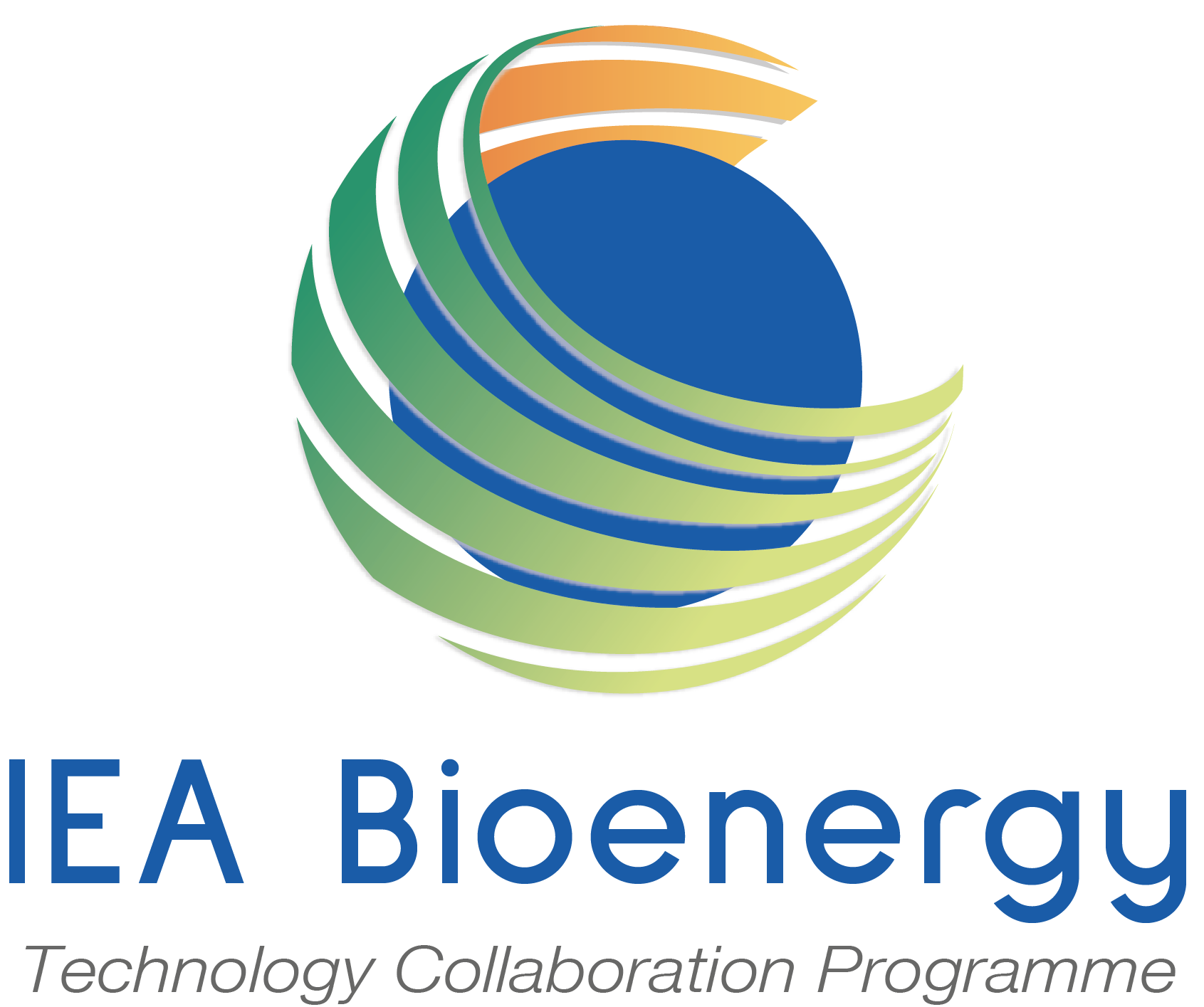This website uses cookies so that we can provide you with the best user experience possible. Cookie information is stored in your browser and performs functions such as recognising you when you return to our website and helping our team to understand which sections of the website you find most interesting and useful.

Publications
-
Aerosols from Biomass Combustion – Technical report (Thomas Nussbaumer, 2017)
Jul 2017Aerosols from Biomass Combustion – Technical report (Thomas Nussbaumer, 2017) This report by Thomas Nussbaumer (VERENUM, Switzerland) provides an overview of recent R&D on the particle emissions and related health aspects of biomass combustion. The use of biomass for heat and power production is supported in many IEA countries since biomass as a renewable fuel […]
read more -
The status of large scale biomass firing – The milling and combustion of biomass materials in large pulverised coal boilers
Mar 2016This IEA Bioenergy Task 32 report provides an overview of the current status of biomass cofiring. The report shows that the firing and co-firing of biomass as a replacement for coal in large pulverised coal boilers can be a very attractive option for the utilisation of biomass materials for power production, and for the delivery […]
read more -
Techno-economic evaluation of selected decentralised CHP applications based on biomass combustion with steam turbine and ORC processes
Dec 2015This report provides an evaluation of the techno-economic performance of three types of biomass combustion based CHP systems, varying from 130 kWe to 5,7 MWe. The report describes three case studies that represent the most relevant small-scale CHP technologies based on biomass combustion relevant for the market at present. It points out the differences between […]
read more -
Status overview of torrefaction technologies – A review of the commercialisation status of biomass torrefaction
Nov 2015This IEA Bioenergy Task 32 publication provides an update of the status of commercialisation of biomass torrefaction. It contains both a review of recent research efforts and an overview of the progress made in commercialisation of the technology. For the publication click here
read more -
Advanced characterisation methods for solid biomass fuels
Jun 2015This study has been performed in order to gain an overview about advanced biomass fuel characterisation techniques currently applied, to discuss the strengths and weaknesses of the different methods, their specific fields of application as well as to assess the suitability of the different methods for the investigation of new biomass fuels. For the report […]
read more -
Status Report on District Heating Systems in IEA Countries
Dec 2014The study presents an evaluation of district heating systems in IEA countries based on characteristic parameters such as the annual heat losses, the linear heat density in MWh/(a m) (where 1 m refers to the length of the pipeline), and the connection load. Data are available and presented for Austria, Denmark, Finland, Germany, and Switzerland […]
read more -
Sensitivity of System Design on Heat Distribution Cost in District Heating
Dec 2014District heating (DH) offers interesting opportunities to use biomass and/or waste heat as an energy source for thermal heat and thus to replace decentralised fossil heating. On the other hand however, district heating induces additional cost and energy losses in the heat distribution. The present project introduces a sensitivity analysis for a virtual DH network […]
read more -
Status overview of torrefaction technologies
Dec 2012This report aims to summarise the current status of development of torrefaction technologies including technical and economical aspects and the potential market application from the energy sector perspective. It is based on several recent public reports as well as research and market information from sources such as IEA Bioenergy workshops in 2011 and 2012, direct […]
read more -
Options for increased utilization of ash from biomass combustion and co-firing
Mar 2012The current study shows that the main reasons for this situation relate to environment, sustainability, low market volumes and differences and variations in ash quality. In addition, there are limitations in technical and regulatory regulations as well as logistics. Finally, there is a lack of awareness, knowledge and willingness of plant operators, potential end-users and […]
read more

